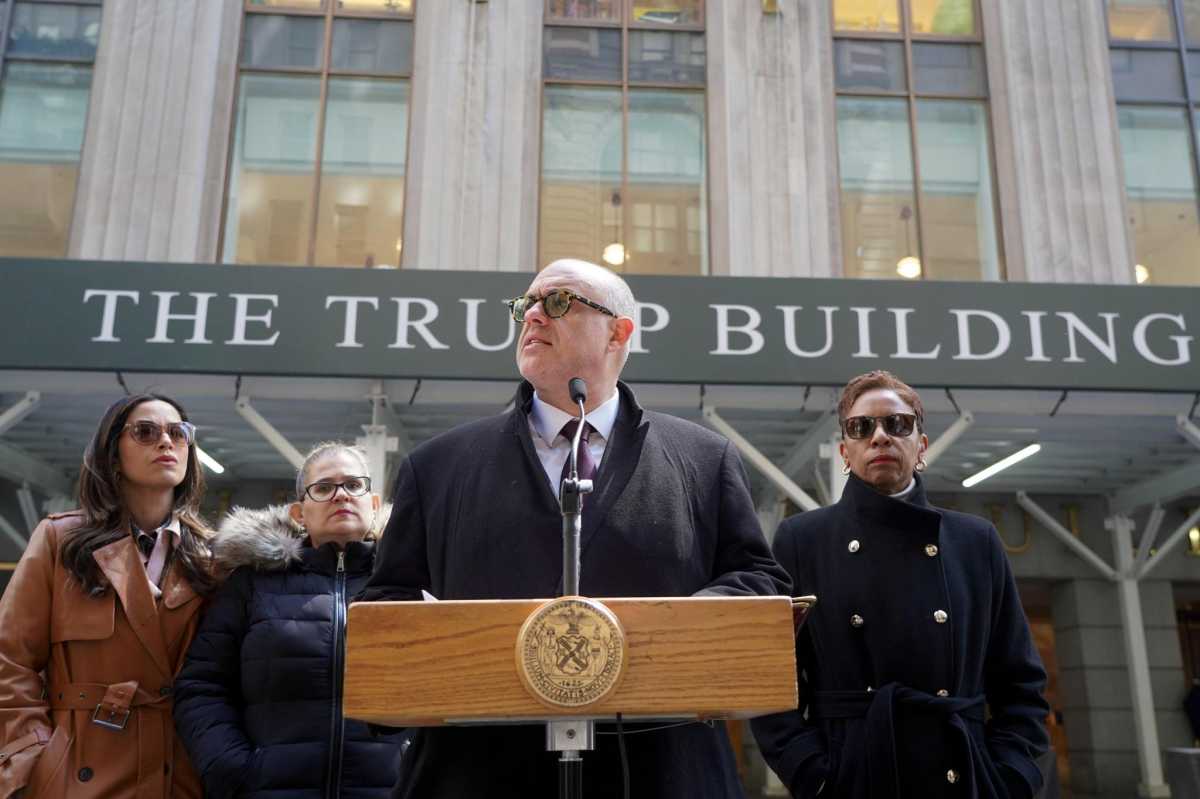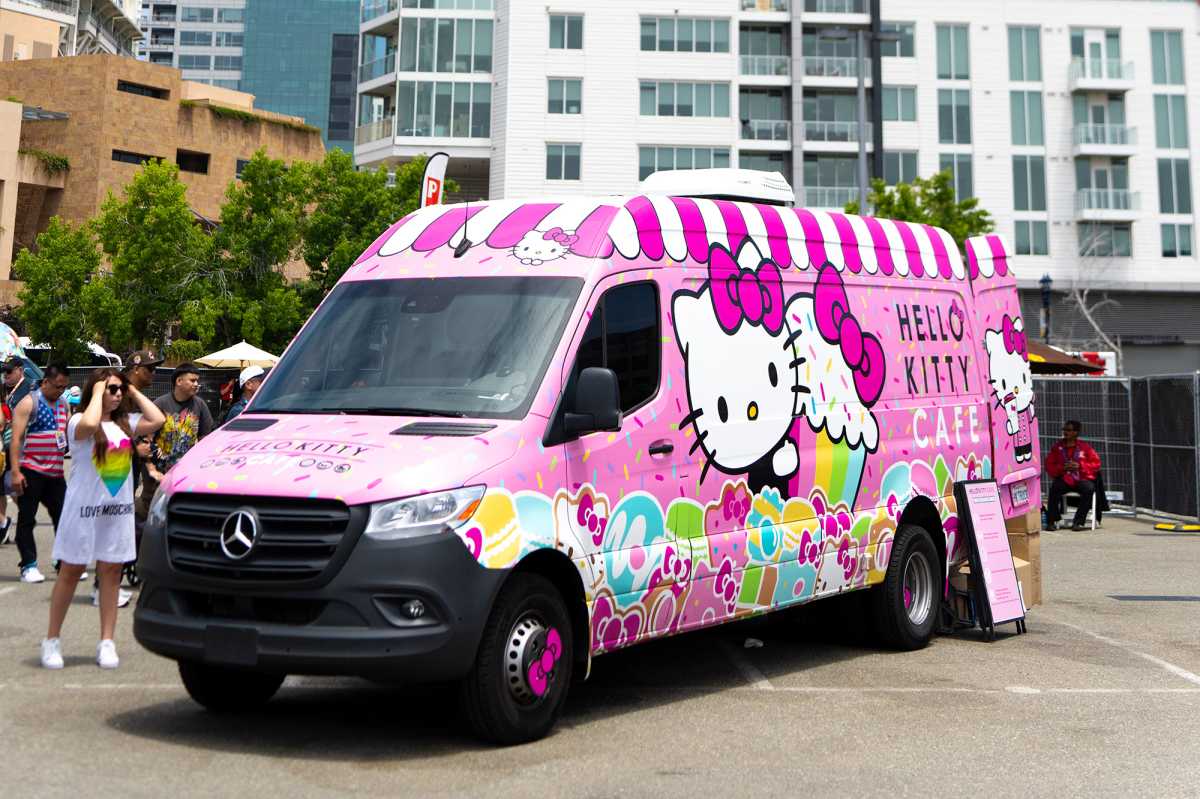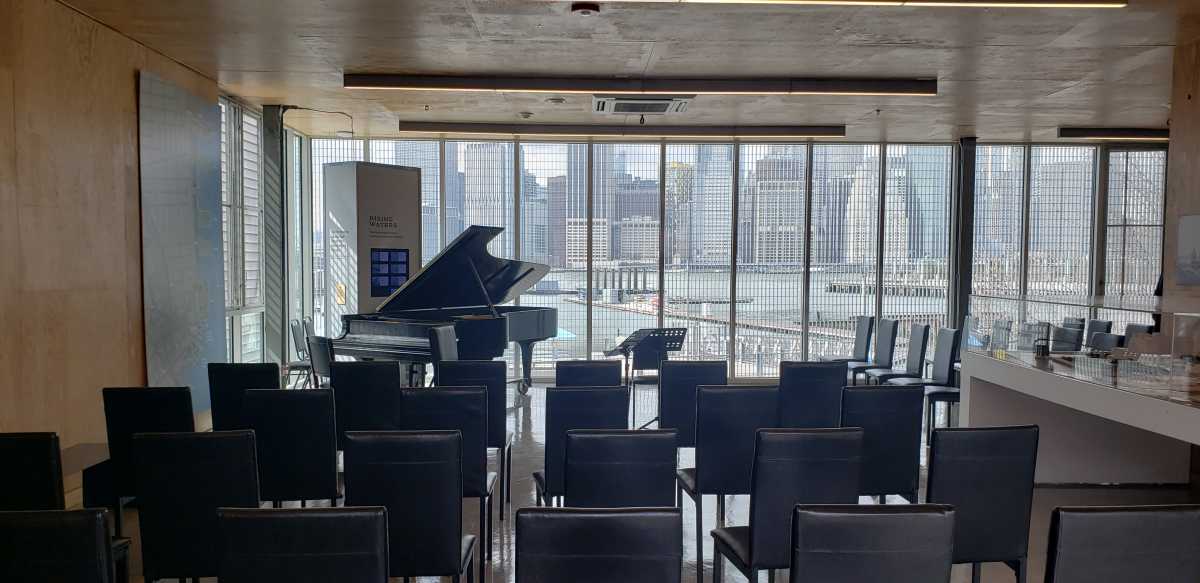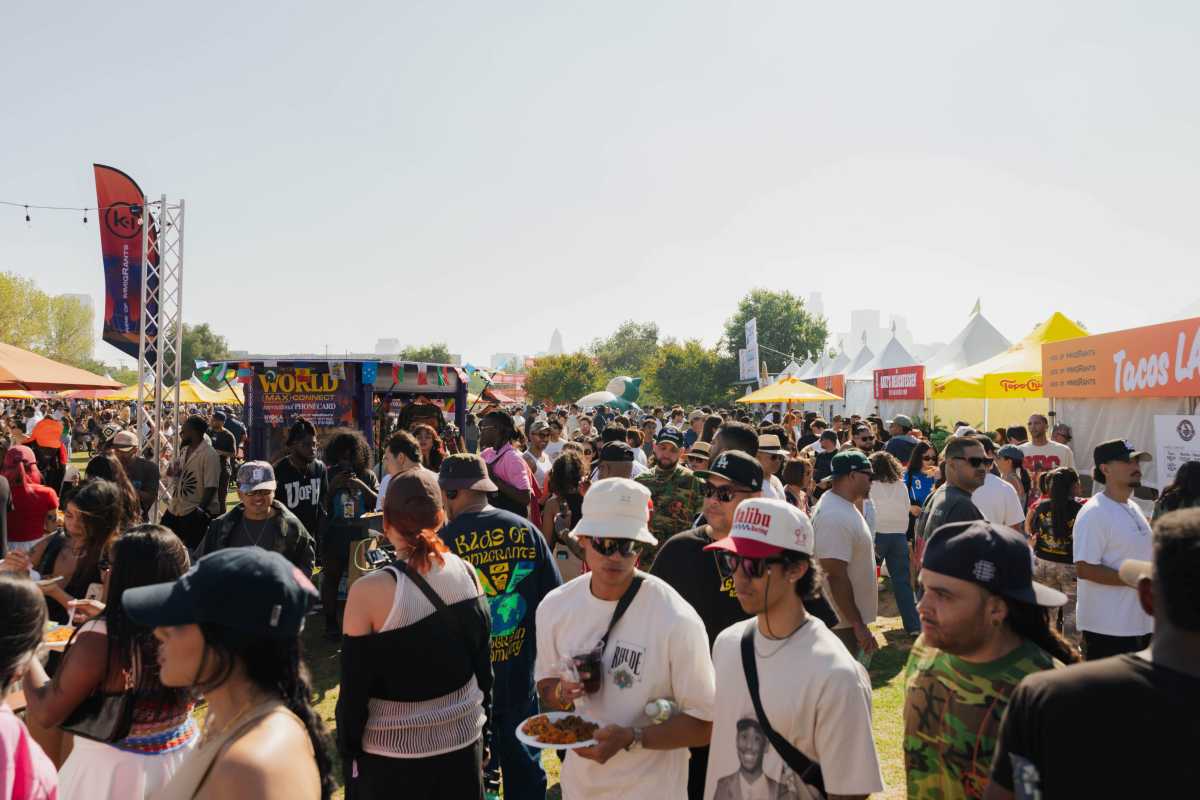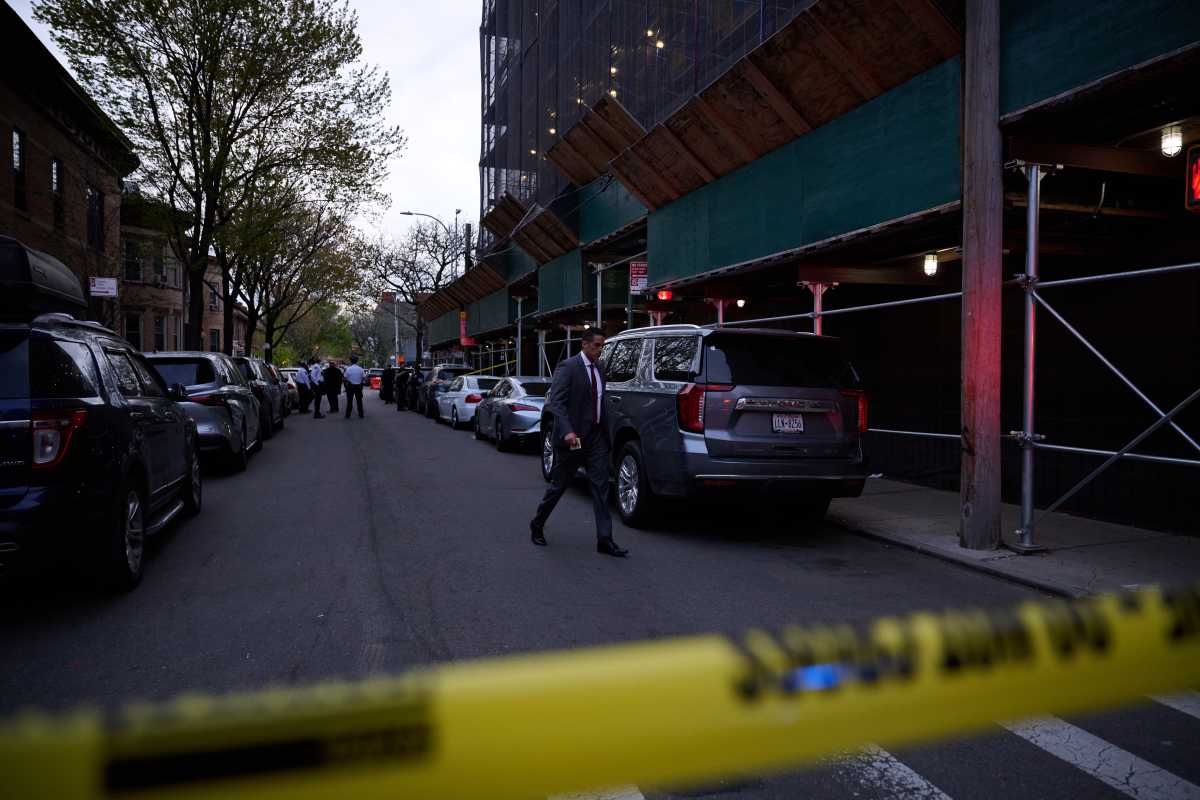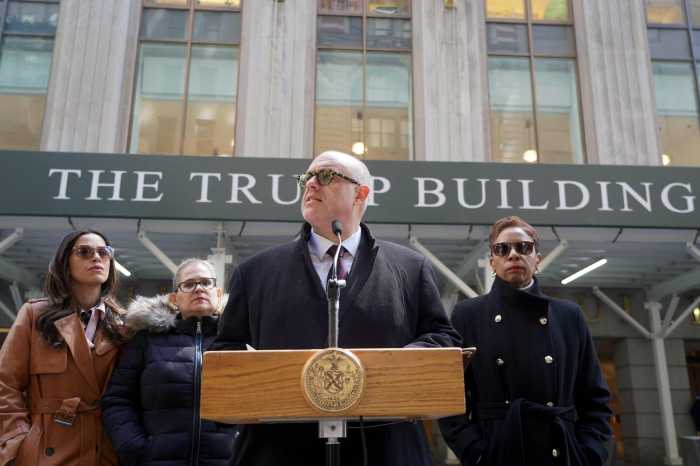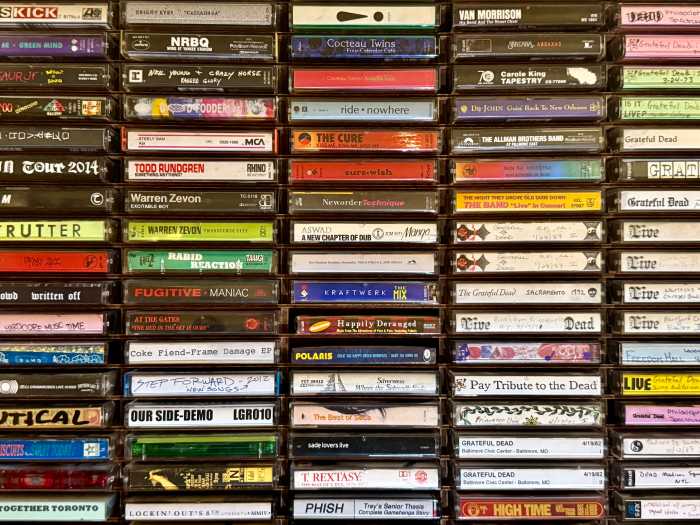NYC subways saw a sizable increase in ridership almost every day since the launch of congestion pricing on Sunday, according to state data.
Metrics on the New York State open data portal show that the city’s subway ridership on the days following congestion pricing’s launch on Jan. 5 has increased from the same period last year — before the tolls were in effect.
Things started off slow on Jan. 5, with ridership estimated at 1,790,898, down from 3,263,064 the same day in 2024. One caveat in this data is the day upon which Jan. 5 fell between this year and last year; Jan. 5, 2024 was a Friday at the end of a work week; Jan. 5, 2025, was a Sunday.
On Jan. 6 this year, the total estimated ridership was 3,432,808, way up from last year’s 1,942,458 on Saturday, Jan. 6, 2024.
By Jan. 7 — the third day of congestion pricing — an estimated 3,769,916 straphangers rolled through the subway system. This was up from 1,472,438 on Sunday, Jan. 7, 2024.

The three-day ridership total between Jan. 5-7, 2025, was 8,993,622, roughly 34.7% higher than the total for those same three days in 2024, which was 6,677,960.
When comparing the first two Sundays of January year over year, there were 318,460 more riders in 2025, a 21.6% increase from 2024.
And ridership on both workdays Jan. 6 and 7, 2025, was still higher than the ridership reported Friday, Jan. 5, 2024, by 5.2% and 15.5%, respectively.

What about the buses?
Meanwhile, congestion pricing is off to a mixed start this week on the roads, with some traffic improvements and some snafus along the way, according to the online Congestion Pricing Tracker.
It is difficult to tell yet if buses are moving faster, but the data shows a similar trend to the subways. Ridership fell from over one million estimated riders last Jan. 5 to 617,326 the first day of congestion pricing.
But buses became more crowded as the week went on.
An estimated 1,228,786 New Yorkers took city buses on Jan. 6, compared to only 684,686 the same day in 2024. City buses drove 1,220,162 passengers around the five boroughs on Jan. 7 this year, versus only 502,518 on the same day in 2024.
What are the riders saying?
Despite the increase in train ridership, many subway straphangers are not even noticing long waits or crowds.
Mindy Katon of the Upper West Side relies on the subway system to get around the city. She told amNewYork Metro that she has not noticed any difference in her travels since the tolls went into effect.
“I took the 1 train both ways, and it’s just as crowded as it was before,” she said.
Carol Zwick, who is also from the Upper West Side, has been riding the 1 train four or five times a week for at least 30 years. She took it once again at 8 a.m. on Thursday with ease.
“I waited four minutes and got a seat,” she said. “It seemed as good as ever.”
But commutes were not so smooth for every New Yorker.
Samantha Nelson, of Staten Island, is a co-parent with her son’s father and often meets him in Brooklyn. She takes the local S79 to Bay Ridge and the R/Q trains to get there.
Most of this week, the wait to get on the trains has been longer than usual.
“It’s like a block and a half more people waiting to board,” she said.
But Thursday was better, she said. The only snag she encountered was an OMNY machine on Staten Island at Bay Street and Victory Boulevard that would not give receipts. But she did not let it ruin her day.
“It’s all good,” she said.
Read More: https://www.amny.com/nyc-transit/















